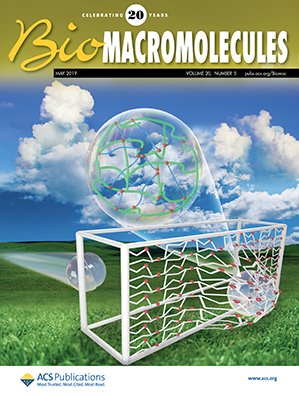|
Authors
Bianchini, P.; Cozzolino, M.; Oneto, M.; Pesce, L.; Pennacchietti, F.; Tognolini, M.; Giorgio, C.; Nonell, S. ; Cavanna, L.; Delcanale, P.; Abbruzzetti, S.; Diaspro, A.; Viappiani, C. ; Cavanna, L.; Delcanale, P.; Abbruzzetti, S.; Diaspro, A.; Viappiani, C.
|
Abstract
Bioavailability of photosensitizers for cancer photodynamic therapy is often hampered by their low solubility in water. Here, we overcome this issue by using the water-soluble protein apomyoglobin (apoMb) as a carrier for the photosensitizer hypericin (Hyp). The Hyp–apoMb complex is quickly uptaken by HeLa and PC3 cells at submicromolar concentrations. Fluorescence emission of Hyp–apoMb is exploited to localize the cellular distribution of the photosensitizer. The plasma membrane is rapidly and efficiently loaded, and fluorescence is observed in the cytoplasm only at later times and to a lesser extent. Comparison with cells loaded with Hyp alone demonstrates that the uptake of the photosensitizer without the protein carrier is a slower, less efficient process, that involves the whole cell structure without preferential accumulation at the plasma membrane. Cell viability assays demonstrate that the Hyp–apoMb exhibits superior performance over Hyp. Similar results were obtained using tumor spheroids as three-dimensional cell culture models.
|

WoS
Scopus
Altmetrics
  
|
